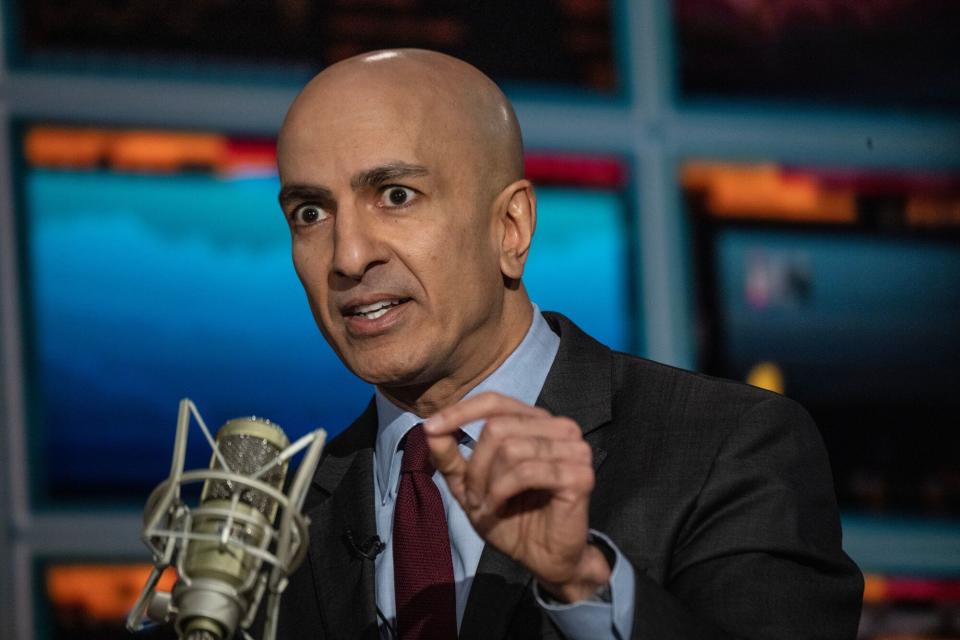(Bloomberg) — Federal Reserve Bank of Minneapolis President Neel Kashkari says recent inflation data raise questions about whether monetary policy is restrictive enough to fully return price growth to the central bank’s 2% target.
Most Read from Bloomberg
Kashkari singled out persistent housing inflation as a potential indicator that neutral interest rates, those that neither restrict nor stimulate the economy, may be higher in the short term. That could mean the Fed has more work to do to cool inflation, Kashkari wrote in an essay published on the bank’s website Tuesday.
“My colleagues and I are of course very happy that the labor market has proven resilient, but, with inflation in the most recent quarter moving sideways, it raises questions about how restrictive policy really is,” Kashkari wrote.
“Given that housing is a key channel through which monetary policy affects the economy, its resilience raises questions about whether policymakers and the market are misperceiving neutral, at least in the near term,” he said.

Kashkari said he raised his longer-run neutral rate forecast to 2.5% from 2%. Some of his colleagues on the Federal Open Market Committee have also raised those estimates, with the median forecast of the longer-run fed funds rate rising to 2.6% from 2.5% in the latest projections published in March.
The Minneapolis Fed chief, who doesn’t vote on monetary policy this year, emphasized the central bank must set policy based on where the neutral rate is in the short run.
“The uncertainty about where neutral is today creates a challenge for policymakers,” he added.
Price pressures
Fed officials have kept interest rates unchanged since their July meeting, and stronger-than-expected inflation data have kept officials from lowering borrowing costs from the highest levels since 2001. Investors now expect just under two cuts this year, from as many as six seen at the start of 2024.
Inflation as measured by the Fed’s preferred gauge rose 2.7% in March. While that’s down from a peak of 7.1% reached in 2022, it’s faster than the 2.5% pace seen at the start of this year.
One of the biggest drivers of inflation right now is housing. A shortage in supply is keeping prices elevated even as mortgage rates hover near their highest levels in more than 20 years.
Kashkari last published an essay in early February, in which he said policymakers had time to gauge incoming data before lowering interest rates.
He said then that shifts in the post-pandemic economic recovery may mean that neutral interest rates have moved higher. Kashkari has written a series of essays since 2022 as the Fed was tightening policy in an effort to cool inflation.
Kashkari is scheduled to speak in a fireside chat at the Milken Institute Global Conference later Tuesday.
Most Read from Bloomberg Businessweek
©2024 Bloomberg L.P.